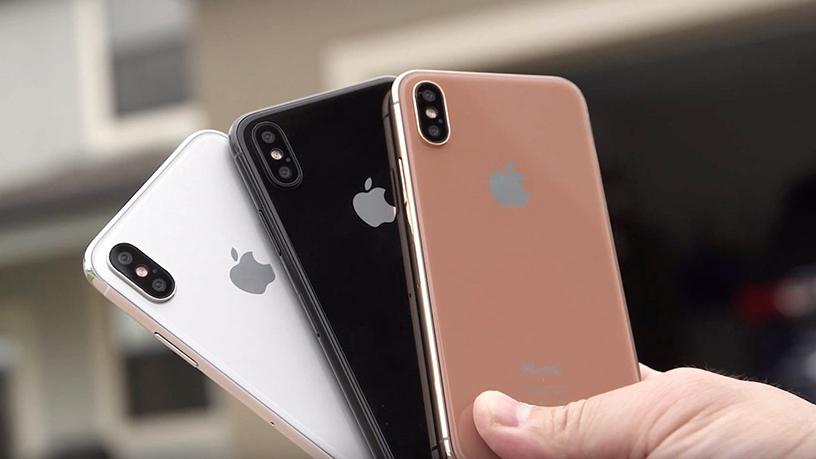
The eleventh iteration of the iPhone is expected to be released in September, and industry rumours suggest there will be three models: two high-end OLED versions and a cheaper (but probably still more than R10 000) LCD device.
Last year, the electronics manufacturer unveiled the iPhone 8 and iPhone 8 Plus (with LCD screens), as well as a special tenth anniversary edition iPhone X (the first iPhone to feature an OLED screen).
At the launch of the iPhone X, Apple CEO Tim Cook described it as "the biggest leap forward since the original iPhone".
The iPhone X is a redesigned product of glass and stainless steel with an edge-to-edge display and no home button or fingerprint sensor. It also introduced the notch trend, which several Android manufacturers have since jumped onto. The small black bar at the top of the screen houses the front-facing camera and speakers.
The iPhone 8 and iPhone 8 Plus models were slightly upgraded versions of their predecessors, but from the outside looked almost exactly the same.
Based on the success of the completely redesigned iPhone X, Apple is expected to adopt the new design across all devices this year.
It is rumoured to be creating a line-up that will include a 6.1-inch LCD device, which could be called the iPhone 9; a 5.8-inch OLED model, which could be called the iPhone XI; and a larger 6.5-inch OLED smartphone called iPhone XI Plus.
According to an article in the Wall Street Journal, Apple is ordering vastly more LCD screens than OLED displays, which suggests it expects the cheapest device to sell the most over the next year.
LCD (liquid crystal display) screens use backlight to illuminate their pixels, while OLED (organic light-emitting diode) screens produce their own light. The main difference is that OLED pixels can be lit up individually, meaning battery life can be saved as the whole screen is not in use all the time, as well as giving more contrast to the pictures on screen, producing a better viewing experience.
However, OLED is more expensive to manufacture and normally reserved for high-end television screens and smartphones.
The iPhone X is the company's priciest device yet. In SA, prices start at R20 499 and go up to R23 999. Meanwhile, iPhone 8 prices range from R13 499 to R18 999.
The iPhone 9 (if the rumours are true) will offer users everything the iPhone X currently does (except for the OLED screen), a larger display size, and will most likely be priced closer to the iPhone 8.
Share